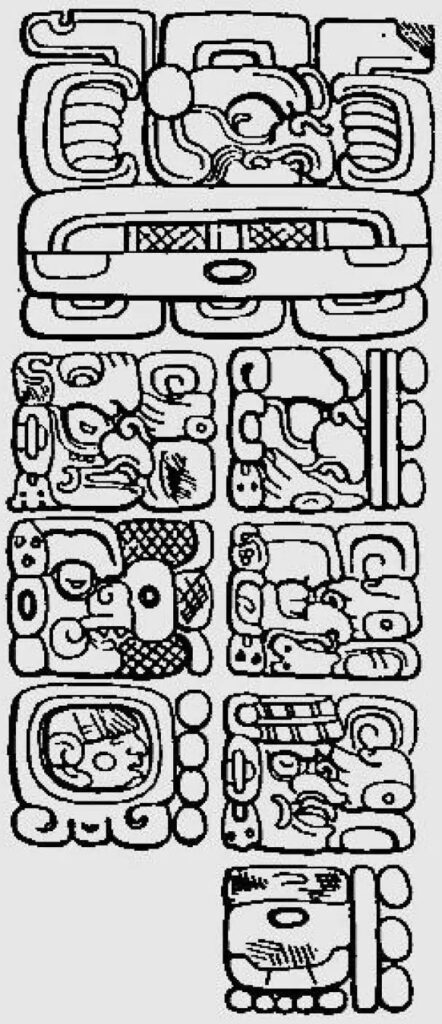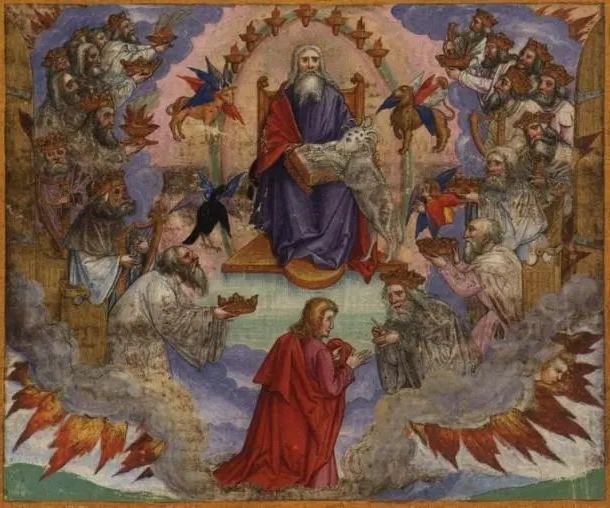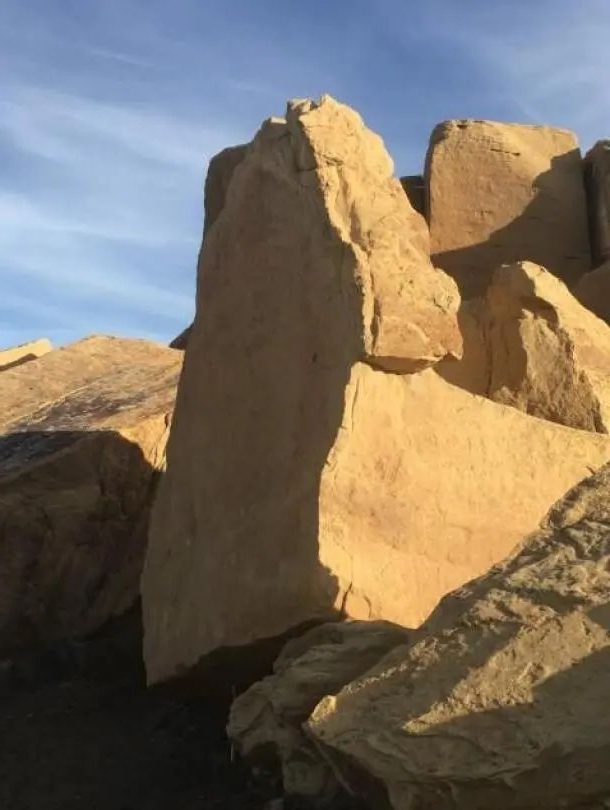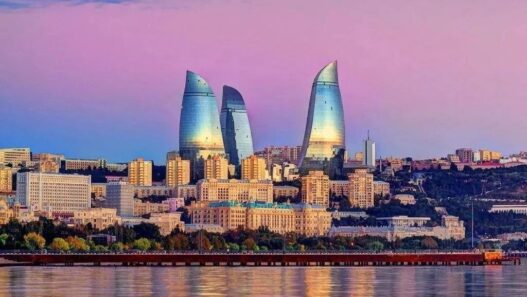From the dawn of civilization, humans have been filled with curiosity about the future. The future is mysterious, full of infinite possibilities, promising countless wonders and great achievements. Because of this, the first prophets emerged, claiming they could glimpse this uncertain future and predict events.
Throughout history, these prophets have written many unique prophecies, many of which are cryptic, mysterious, and enigmatic. But today, these prophecies raise numerous questions, the most important being—can these prophecies provide insights into our world and the events that have occurred or will occur?
A Glimpse into the Future
From the mystical visions of Nostradamus to the ancient Mayan prophecies of the end of the world, various cultures and civilizations have left behind some truly unique prophecies that can actually be interpreted as warnings for our time.
For example, the Mayans left one of the most famous prophecies, which has caused a global stir in recent years. This Mesoamerican civilization flourished from approximately 2000 BCE to 1500 CE and was known for its complexity in many areas. They had a profound understanding of mathematics, complex architecture, timekeeping, and astronomy. Their famous Mayan Long Count calendar is closely connected to their concept of time cycles. However, this calendar resets at the end of a 5125-year cycle, which coincided with December 21, 2012. Many people panicked, believing this date heralded the apocalypse.

Inscription of the Mayan Long Count on the east side of Stela C in Quiriguá, showing the date of the last creation, usually associated with December 21 or 23, 2012.
Before 2012, the world was weighing various interpretations and views. Some speculated that the Mayan calendar actually ended at the apocalypse—meaning it predicted the end of the world. The world was gripped by this idea. Various theories emerged, along with books, movies, documentaries, and podcasts. Many tried to decipher the secrets of this calendar, attempting to infer what kind of natural disasters or cosmic realignment would lead to the end of the world. But many scholars stepped forward to provide rational thinking. They pointed out that the Mayans did not actually prophesy the end of the world but rather the end of a cycle and the beginning of a new one, i.e., a new era for our world. By translating and decoding their calendar, scholars realized that the end of this calendar should be celebrated rather than feared.
When the world continued normally in 2013, people realized that the idea of an apocalypse was mistaken from the start. But in many ways, it simply reignited fascination with Mayan civilization and their obsession with celestial and cosmic cycles. Even so, we cannot rule out the possibility that we entered a new era at the end of their calendar. After all, we live in a true modern age, with innovations emerging continuously, and the world changing before our eyes.
Nostradamus and His Prophetic Works
Michel de Nostredame, better known as Nostradamus, was born in 1503 and was a French apothecary, a man of many talents, but he also claimed to be a prophet who could foresee the future. For this, he wrote a series of 942 quatrains, all of which were said to predict future events. These were published by him in 1555 under the fitting title “Les Prophéties” (The Prophecies). The prophecies are renowned for their cryptic and ambiguous language, and over the centuries, they have often been interpreted as predicting major global events. But was Nostradamus correct in any of his prophecies?

Portrait of Nostradamus
For instance, some who study Nostradamus and his work claim that he predicted significant events of our time, such as the outbreak of global pandemics, climate change, and even the 9/11 attacks in New York. He wrote:
“In the ninth month of the new century,
The great king of terror will come from the sky.
The sky will burn at forty-five degrees.
Fire approaches the great new city.”
Believers in his work see this as a direct description of these catastrophic attacks. “The great king of terror” and “the sky will burn” are considered references to the destruction of the World Trade Center in 2001. However, with the appearance of this work, many skeptics have also emerged. They argue that these verses can have multiple interpretations and could apply to many similar events throughout history. Indeed, it is the deliberately vague tone of Nostradamus’s work that allows each generation to interpret them according to their own desires, fitting them to contemporary major events and concerns.
In addition to these possible disaster prophecies, many also claim that Nostradamus “warned” of environmental disasters in his work. His writings contain many unique references related to famine, floods, and fire. These are linked to economic disasters, rising sea levels, wildfires, and global climate change. These themes do exist in his work, but we cannot definitively say they were meant to predict these events in our era. After all, they might simply be concerns for humanity as a whole, applicable to many historical periods after Nostradamus.
Sacred Visions of the Future
Some supposed prophecies also appear in religious texts, with many believers seeing them as reflective of their times. The most famous of these texts is the Christian Bible. In the Book of Revelation, traditionally attributed to the Apostle John, a series of visions are described. This book, dating back to the 1st century AD, details numerous catastrophic events, culminating in the appearance of the Antichrist and the ultimate victory of good over evil. The explicit symbolism in this book has led to many interpretations, some of which claim these are prophecies related to current global disasters.
Those attempting to interpret Revelation often focus on themes of war, disease, natural disasters, and massive death. Of course, these are easily linked to many events in our time, including earthquakes, famine, pandemics, and wars. Additionally, another theme in the Bible, the Four Horsemen of the Apocalypse—representing famine, war, conquest, and death—can correspond to the persistent issues of our era. For example, famine has been greatly exacerbated by ongoing climate change, and war remains a persistent human problem.

The Lamb opens the book/scroll with seven seals. The first four seals summon the Four Horsemen of the Apocalypse.
However, Revelation also mentions the “Mark of the Beast.” Many theorists have come forward to interpret this as a prophecy of a system of commercial control. Modern digital currencies, surveillance, and even barcodes have been associated with this theory. But in most cases, these theories are mere speculation. They are simply to show how biblical prophecies continue to mirror all the modern ills we witness. Even biblical scholars believe that Revelation is merely a theological work, filled with symbolism. According to them, it is meant to give hope to Christians, not to predict the future.
The World in Oracles
Did you know that even the ancient Romans believed in prophecies and prophets? In their time, however, these were known as oracles and were highly revered. The most important among them were the Sibylline Books, a series of prophetic texts that Roman leaders often consulted. They were considered one of the most important guides for the empire during times of crisis and war, compiled over many centuries. Thus, they fused numerous cultural influences, including Greek, Roman, Christian, and Jewish beliefs and legends. Therefore, oracles often dealt with the importance of morality and the wrath of the gods, but also with themes of disaster and political change.

Prophecy Rock is a petroglyph site in the Hopi Reservation in northern Arizona, near the Four Corners area.
“From the earliest race of humans,
To the latest, I will prophesy
All things past, present, and future
In this world, because of human evil,
First, God lets me speak of how the world
Was formed.”
Native American Seers of the Future
However, some cultures had no connection to mainstream religions and had no complex writing systems to speak of. Despite this, they had their own prophets and visions of the future, many of which remain intriguing to this day. Notably, the Hopi people of the American Southwest have a series of unique prophecies. They have a place in Arizona known as Prophecy Rock, where a series of petroglyphs are considered a vision of the future. These images warn of the effects of social decay, greed, and the destruction of nature. According to the Hopi, several “worlds” before ours were destroyed due to these conditions, and this prophecy speaks of this repetition.
Perhaps now is the time for us to heed the messages of Native Americans, to reinterpret their ancient prophecies etched in stone. It’s also time to consider whether our own moral decay is leading us toward a bright or dark future.
Visions of the Future World
Many in the world are skeptical of prophecies, believing they are merely ancient musings interpreted in various ways. Perhaps this is true, but there are still many believers who think the symbolic significance of these prophecies is more important than their literal meaning. For them, in this rapidly changing and challenging world, ancient prophecies provide guidance, a sense of purpose, and at least the possibility of altering the course of the future on a small scale.
As we navigate the complex landscape of the 21st century, filled with rapid technological advancements, social decay, corruption, and wars, we look back at these ancient prophecies for a glimpse into our future days. But at the end of the day, perhaps we don’t need prophecies at all. Perhaps we can reach a reasonable conclusion about the direction we are heading.



















